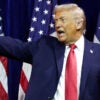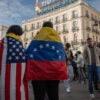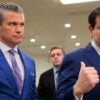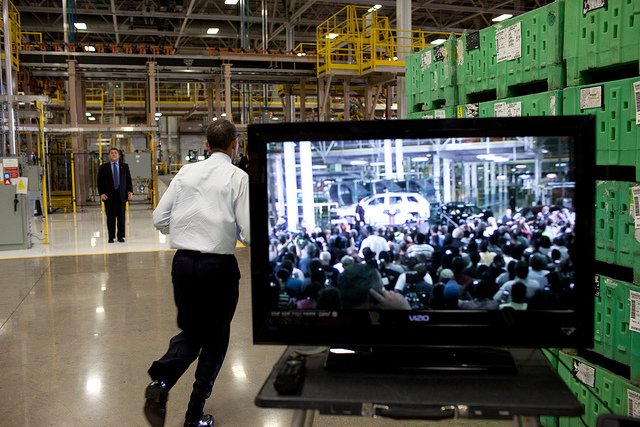This month marks the fifth anniversary of the Chrysler bankruptcy. President Obama will doubtless mark the occasion by talking about how his intervention saved the auto company. More noteworthy, however, is how the lawlessness of that intervention created tremendous uncertainty, which still chills the economy today.
Todd Zywicki has written an excellent summary of President Obama’s actions in the Chrysler bailout. A shorter version goes like this.
Starting under President Bush and continuing under President Obama, the federal government used TARP funds to keep Chrysler afloat. This gave the government effective control over Chrysler. As a result, the Obama administration was able to call the shots when it put Chrysler through bankruptcy.
Under long-established bankruptcy rules, holders of “secured debt” are rightfully owed 100 percent of what they loaned the company. However, the Administration decided it would not play by those rules. Instead, it decreed, holders of secured debt would receive only 29 cents on the dollar. Meanwhile, it decreed that the United Auto Workers, which had no secured creditor rights, would get 40 cents on the dollar.
This arrangement knocked the notion of secured debt on its head. Businesses offer creditors secured debt when they are struggling to maintain their operations. The assurance that they will get paid back first and in whole if the business declares bankruptcy is what makes lenders more to make such a risky loan. In Chrysler’s case, most of its secured creditors were large financial institutions, but others taking the risk included Indiana state teacher and police pension funds.
When these creditors balked at accepting the Administration’s offer of less than a third of what they were rightfully owed, President Obama chastised them publicly, complaining that they refused to make sacrifices and work constructively, and were holding out for “an unjustified taxpayer-funded bailout.” Since most of the financial institutions holding Chrysler secured debt also had accepted TARP funds, they ultimately yielded to White House pressure and the bankruptcy went through on the President’s law-breaking terms.
For businesses and investors, the process was highly disconcerting. Both need to know that the rule of law will be upheld consistently. It is the only way they can be certain that contracts and agreements mean anything. When they aren’t sure the law will recognize their rights, they reduce their activities until certainty returns.
When bankruptcy law is undermined, it’s particularly troubling. Investing in financially challenged companies is especially risky. Investors need to know how much they stand to lose if the investment does go belly up. By undermining bankruptcy law, the Obama administration made it difficult for investors to gauge whether or not they can absorb such high-risk investments.
Five years on, it is clear the uncertainty is not only slowing investments in companies that could go bankrupt. Investors are providing financing to help businesses replace worn-out equipment and conduct other routine functions. But they have not returned to taking on other types of riskier investments needed to restore economic growth to where it should be.
The lag in investment shows up clearly when comparing the growth of business investment in the current recovery to that after the similarly severe 1982-1983 recession. After the earlier recession ended, business investment was almost 27 percent greater than its pre-recession peak four years into the recovery. Four years following the end of the latest recession, business investment is just 5.5 percent above its pre-recession height.
Some might argue that the Chrysler bankruptcy was a unique situation and is unlikely to happen again. Therefore, it cannot possibly still be impairing the economy. That argument might hold weight if the Obama administration hadn’t continued to exhibit lawless behavior time and time again. For example, it has unilaterally “amended” the Affordable Care Act 38 times and acted with similar imperiousness on issues ranging from energy to education to welfare policy.
Such behavior signals to businesses and investors that President Obama won’t hesitate to overturn the law again whenever it suits his interests. This has perpetuated the uncertainty originally created by the Chrysler bankruptcy, and there is no sign that it will abate any time soon.
Uncertainty is bound to persist as long as President Obama remains in the Oval Office, unless he has a change of heart and openly declares that he will steadfastly abide by the rule of law for the remainder of his presidency. Since that is profoundly unlikely, we are looking at a minimum of three more years of economy-slowing uncertainty.
That is a long time to wait, but such are the consequences of unsettling something as foundational to the economy as the rule of law.
Originally published in The Federalist.






























